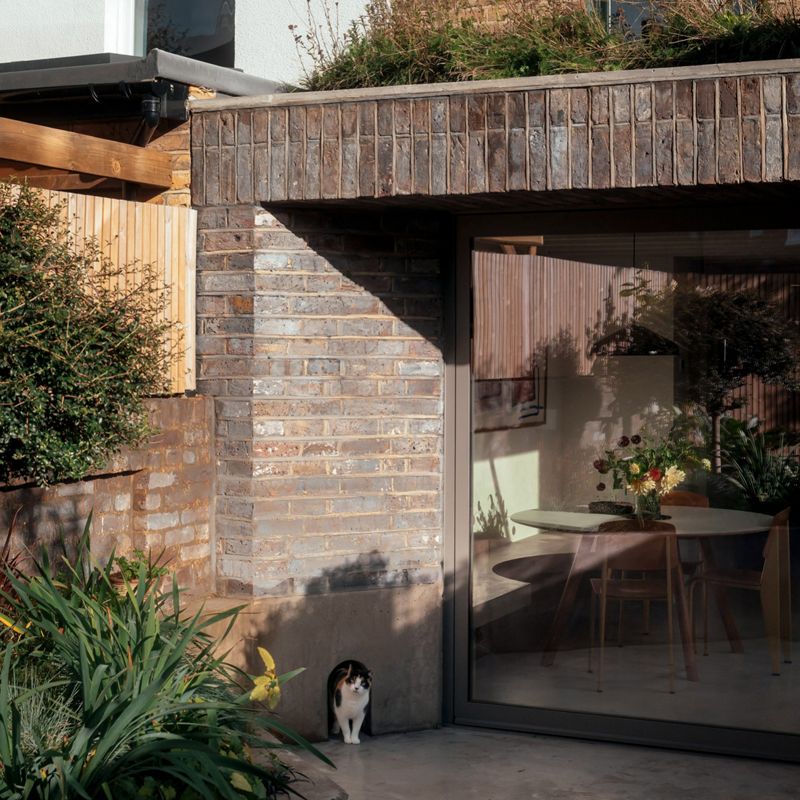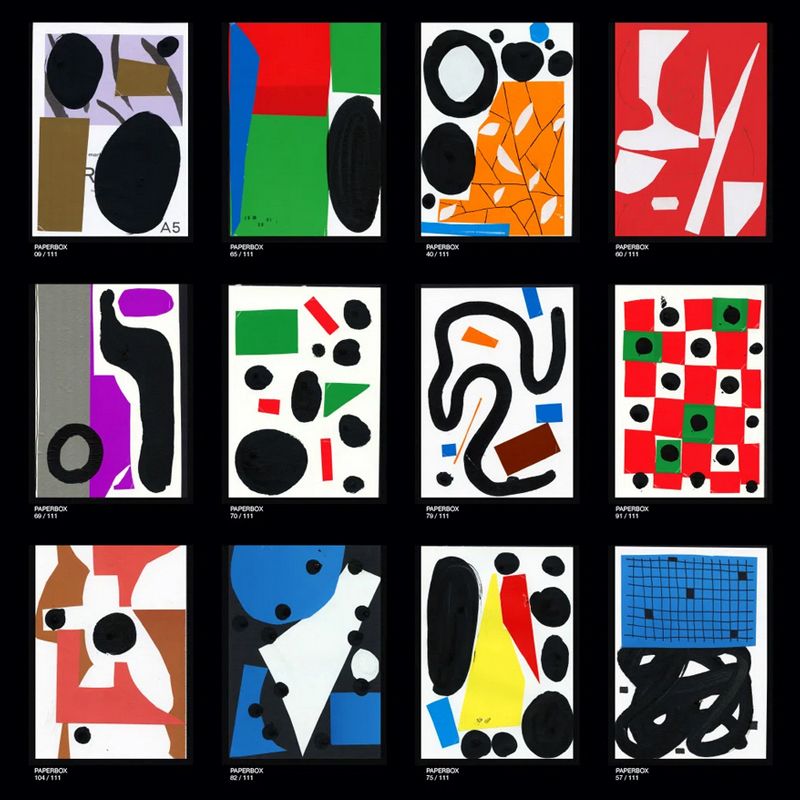Periodical 20 — Localized Computing
At a time of ubiquitous computing, there is still something to be gained from its opposite.

There was a time when computers were furniture. It’s easy to note all the reasons why it’s good that this is no longer so. After all, I remember how exciting it was to slide the first laptop I purchased into my backpack and go…anywhere I pleased. That was long before every coffee shop was a coworking space, and parking myself in a corner and typing for an hour at Coffee Exchange felt almost transgressive. Everyone else was just…talking to each other! I felt like I was from the future. Well, times have changed; so have I.
It has been 8 years since my primary computer was a laptop. I used one during a relatively brief transitional time when I was going in to a coworking space — for about a year before we fully went distributed at work. But otherwise, I’ve been a Mac Mini user. When I travel, I use an iPad Mini. I love what this has done for my lifestyle. It has taken me back to the time of localized computing. When I’m working, I’m in a set place. Not at my kitchen counter, not at my dining room table, not on my couch, not in my bed — ever! In my office. It’s my station.
There’s a kind of romance to the station. When computing is everywhere, the magic of what it enables becomes so diffuse that it’s almost unexperienceable. But there is magic in the internet still. Is it not magical that I can type up a few words, move a file from one folder to another, and within seconds, have those words read by people on the other side of our planet? That has always been the magic of the internet and the single best example of intimacy enabled by technology. For me, keeping my connection focused through one place heightens every aspect of the experience: my sense of being here and you being there.
Here is my here — an ever-optimized station. By the way, it took more than twenty years of working before I became a two-screen-person. I’m not going back.

Stations are great. I’ll take Al Gore’s hardwired station — and it goes down in the hall of fame of beautifully-chaotic stations if there ever was one — over Captain Picard’s chaotic pile of “wireless freedom” any day.

Are you a station person? Do you want to be? Email me and tell me more: butler.christopher@proton.me.
Maybe it’s an affectation. But you know, what is an affectation but a preference, anyway. So my take is this: here, in late 2024, at a time of ubiquitous computing, there is still a place for — if not something to be gained from – localized computing.
A few stray related links: Ken Shirriff explains what the old-school mainframe workstations pictured at the top of this page actually did. In epic-anachronistic-affectations, Trevor Flowers built a working memex. And oh my god look at these miniature IBM workstations.
–
“brutalist cat flap”

What strikes me about this project is that it reminds me that there are many kinds of architecture, but when it comes to dwellings, there is a profound difference between a home designed for the sort of life you want to live and a home designed for the one you are already living. Neither is objectively better than the other — both have their place. But when I see a home like this, modest by all standards of architecture covered in a context like Dezeen, it feels perfectly representative of a home designed to sustain an already defined lifestyle. It’s not just about size — though again, by today’s standards, that has a lot to do with it — but it’s also a matter of this project being an adaptation, not a ground-up construction. This one is simply perfect.
–
“paper box”

Jacek Rudzki, the graphic designer who created the beautiful compositions pictured above, had this to say about drawing inspiration from his daughter:
“I love to observe her creative freedom, ignorance of the rules and just having fun with the process. Thanks to her, after years of practice, I’m trying to reintroduce these values in my work. I think that this is the most important thing for me now.”
My first child was born 15-years into my career, too. I can completely relate to what Ruzki observes here, especially the notion of blissful art-rule ignorance. Some of the art my daughter made before she entered kindergarten holds up for me as astonishing examples of our natural ability to express things visually — to create lively compositions, playful form and line, and generally, images of nearly perfect originality.
Our work team’s “Kids and Pets” slack channel is always active with childhood art, and always a source of inspiration for me.
–
Other Things
Nathan Beck writes on The Roads Not Taken.
Tim Rodenbröker’s Creative Coding course on Images and Pixels.
Permacomputing is an excellent term.
Quanta Magazine’s The Unraveling of Space Time is an epic work of publishing.
Christopher Butler, October 16, 2024
Filed under: Log